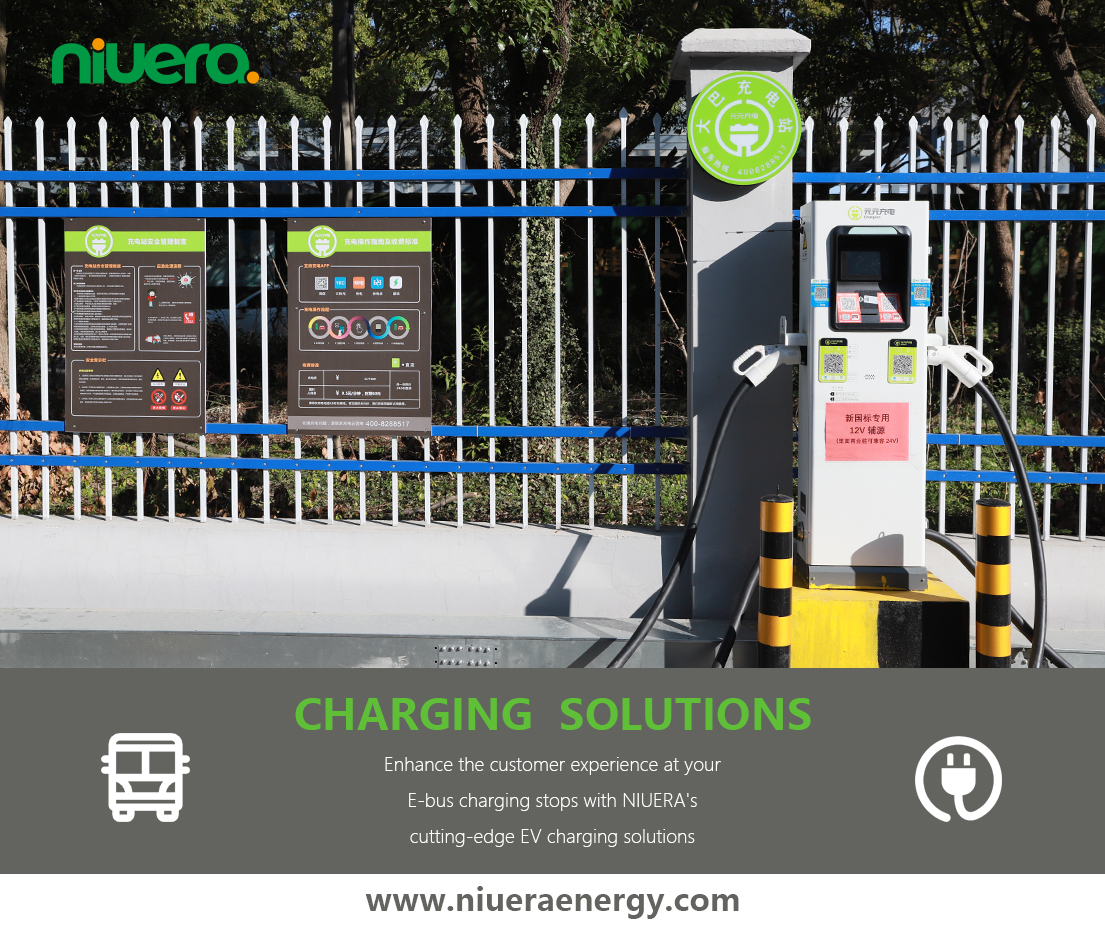Trends in charging infrastructure -Global EV Outlook 2023
Public charging points are increasingly necessary to enable wider EV uptake
While most of the charging demand is currently met by home charging, publicly accessible chargers are increasingly needed in order to provide the same level of convenience and accessibility as for refuelling conventional vehicles. In dense urban areas, in particular, where access to home charging is more limited, public charging infrastructure is a key enabler for EV adoption. At the end of 2022, there were 2.7 million public charging points worldwide, more than 900 000 of which were installed in 2022, about a 55% increase on 2021 stock, and comparable to the pre-pandemic growth rate of 50% between 2015 and 2019.
Slow chargers
Globally, more than 600 000 public slow charging points1 were installed in 2022, 360 000 of which were in China, bringing the stock of slow chargers in the country to more than 1 million. At the end of 2022, China was home to more than half of the global stock of public slow chargers.
Europe ranks second, with 460 000 total slow chargers in 2022, a 50% increase from the previous year. The Netherlands leads in Europe with 117 000, followed by around 74 000 in France and 64 000 in Germany. The stock of slow chargers in the United States increased by 9% in 2022, the lowest growth rate among major markets. In Korea, slow charging stock has doubled year-on-year, reaching 184 000 charging points.
Fast chargers
Publicly accessible fast chargers, especially those located along motorways, enable longer journeys and can address range anxiety, a barrier to EV adoption. Like slow chargers, public fast chargers also provide charging solutions to consumers who do not have reliable access to private charging, thereby encouraging EV adoption across wider swaths of the population. The number of fast chargers increased by 330 000 globally in 2022, though again the majority (almost 90%) of the growth came from China. The deployment of fast charging compensates for the lack of access to home chargers in densely populated cities and supports China’s goals for rapid EV deployment. China accounts for total of 760 000 fast chargers, but more than 70% of the total public fast charging pile stock is situated in just ten provinces.
In Europe the overall fast charger stock numbered over 70 000 by the end of 2022, an increase of around 55% compared to 2021. The countries with the largest fast charger stock are Germany (over 12 000), France (9 700) and Norway (9 000). There is a clear ambition across the European Union to further develop the public charging infrastructure, as indicated by provisional agreement on the proposed Alternative Fuels Infrastructure Regulation (AFIR), which will set electric charging coverage requirements across the trans-European network-transport (TEN-T)2 An agreement between the European Investment Bank and the European Commission will make over EUR 1.5 billion available by the end of 2023 for alternative fuels infrastructure, including electric fast charging.
The United States installed 6 300 fast chargers in 2022, about three-quarters of which were Tesla Superchargers. The total stock of fast chargers reached 28 000 at the end of 2022. Deployment is expected to accelerate in the coming years following government approval of the National Electric Vehicle Infrastructure Formula Program (NEVI). All US states, Washington DC, and Puerto Rico are participating in the programme, and have already been allocated USD 885 million in funding for 2023 to support the build-out of chargers across 122 000 km of highway (see Policy support for EV charging infrastructure). The US Federal Highway Administration has announced new national standards for federally funded EV chargers to ensure consistency, reliability, accessibility and compatibility. As a result of the new standards, Tesla has announced it will open a portion of its US Supercharger (where Superchargers represent 60% of the total stock of fast chargers in the United States) and Destination Charger network to non-Tesla EVs.











